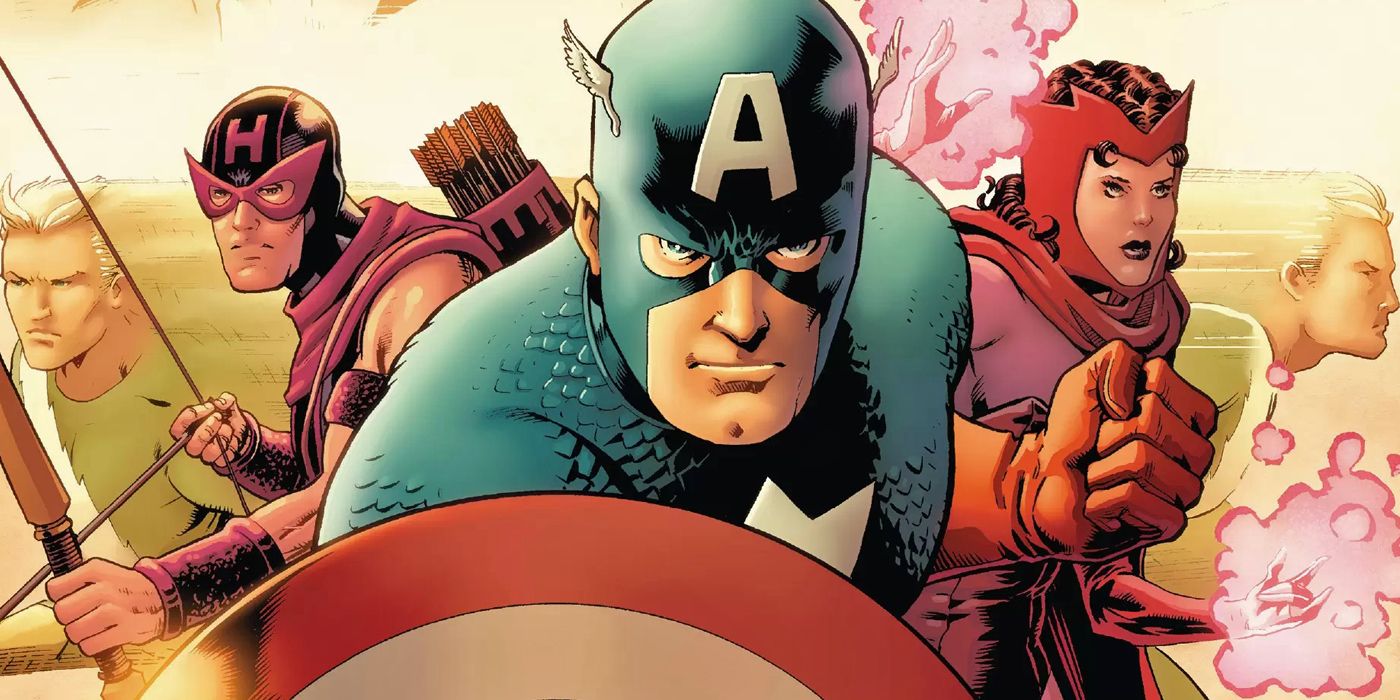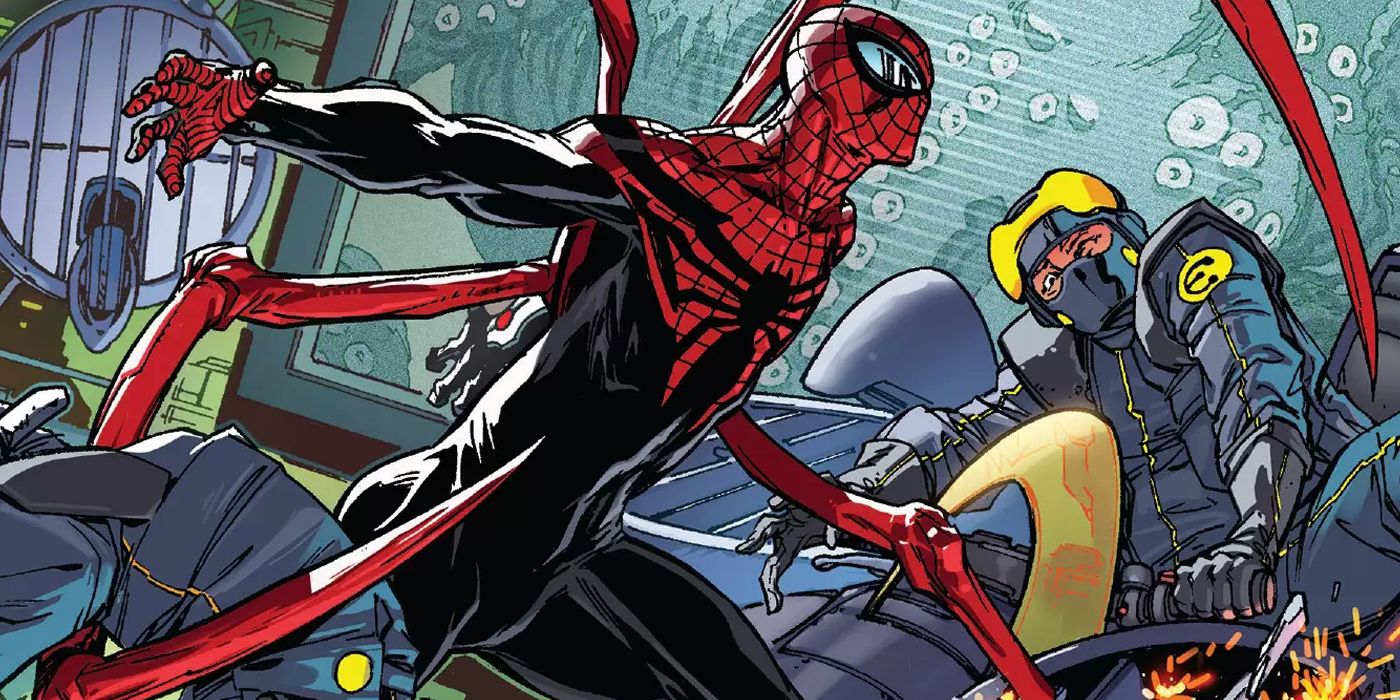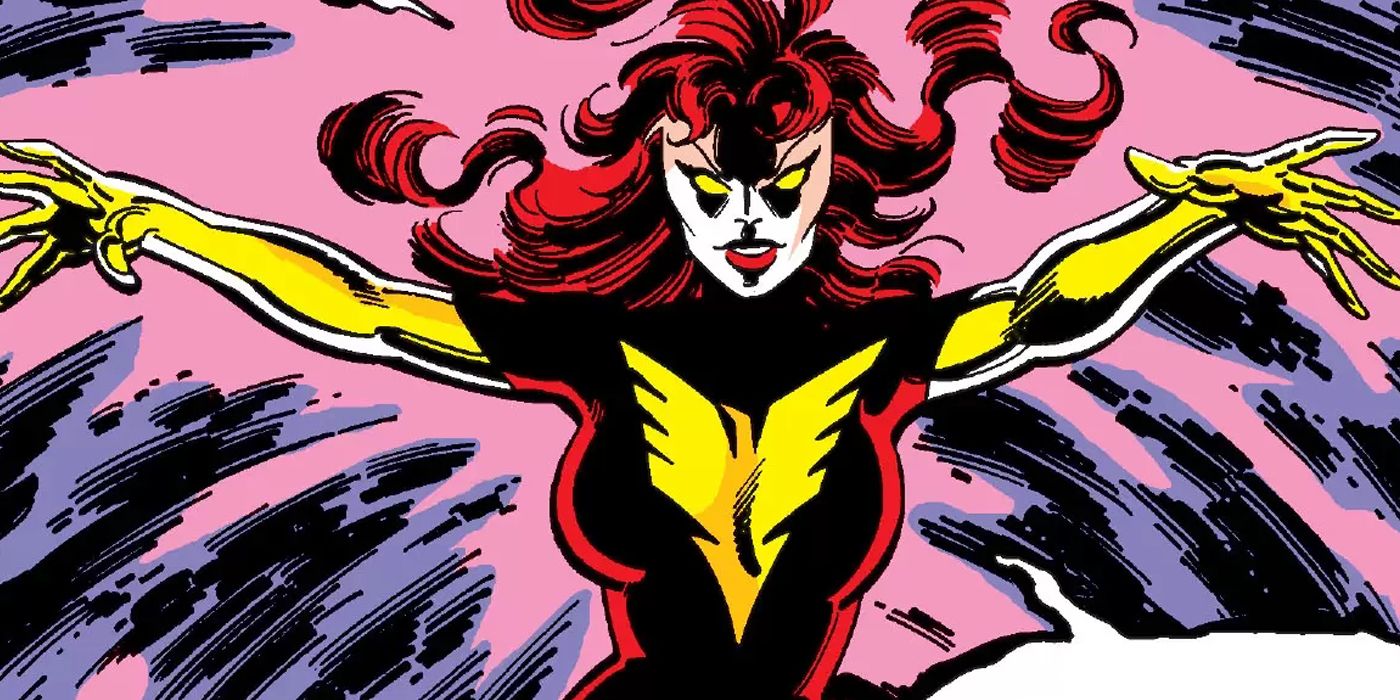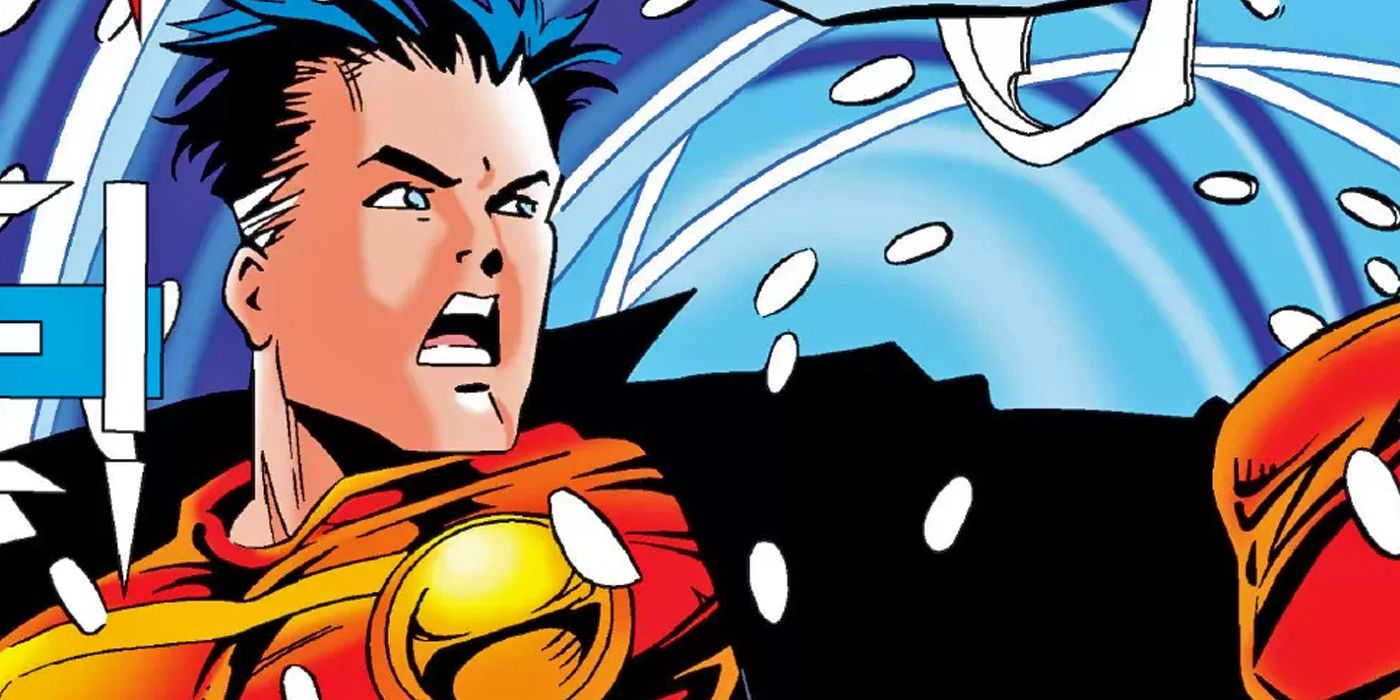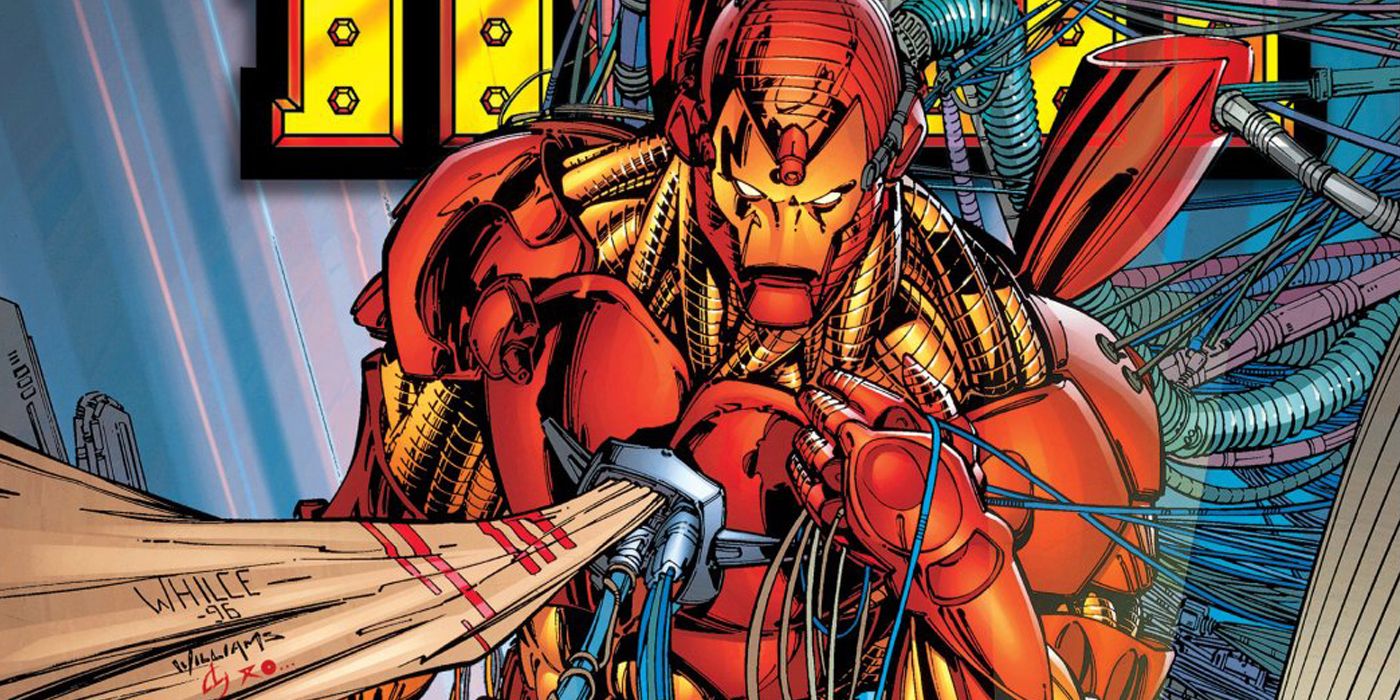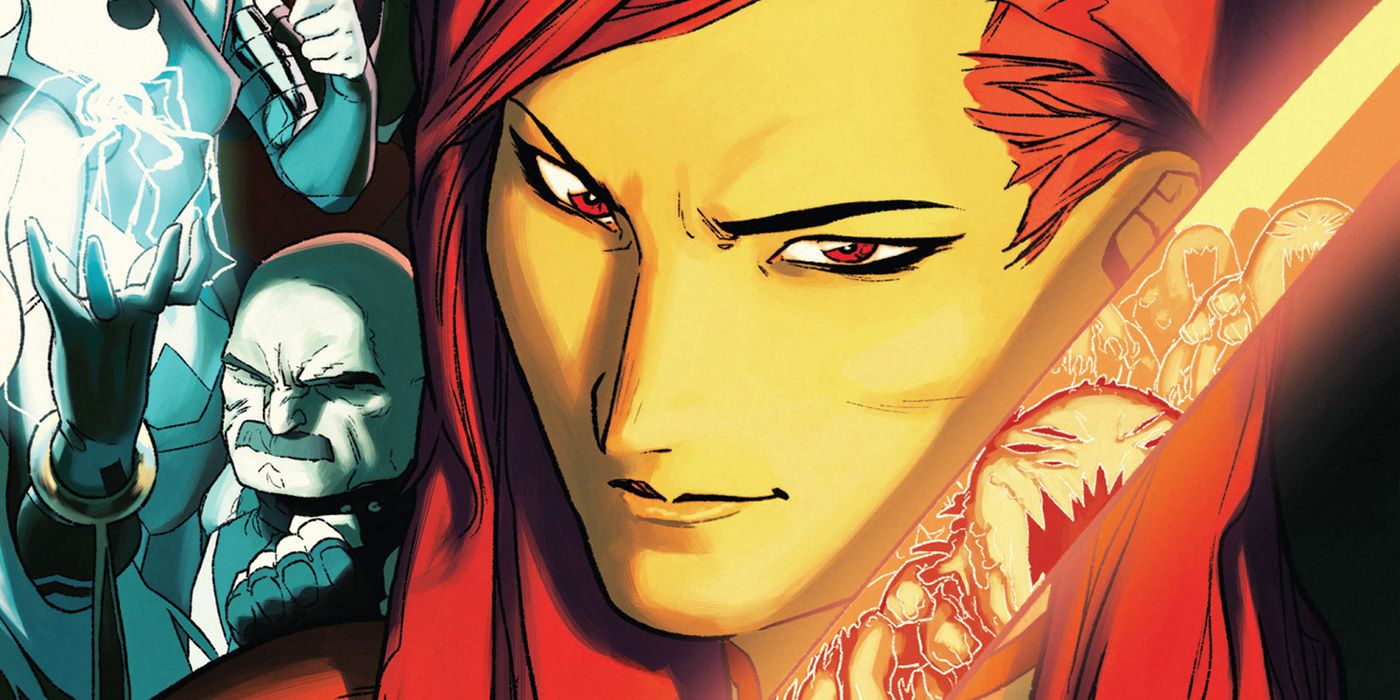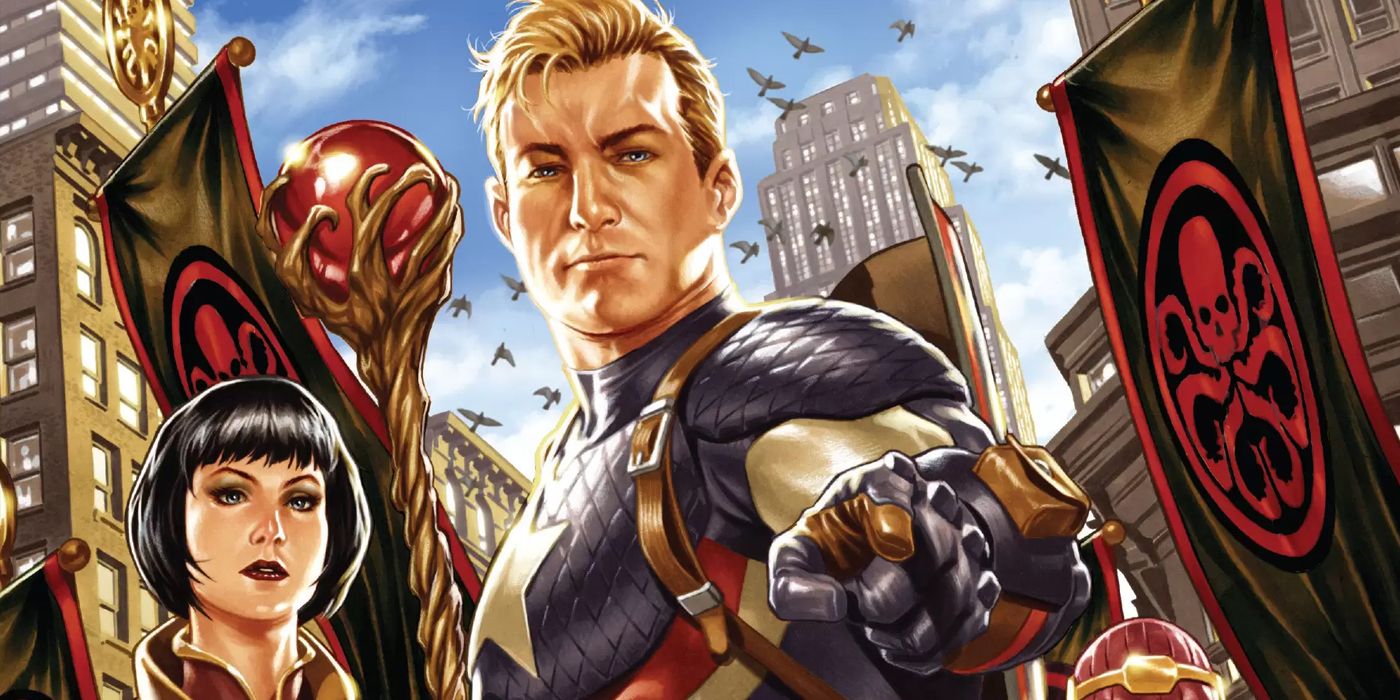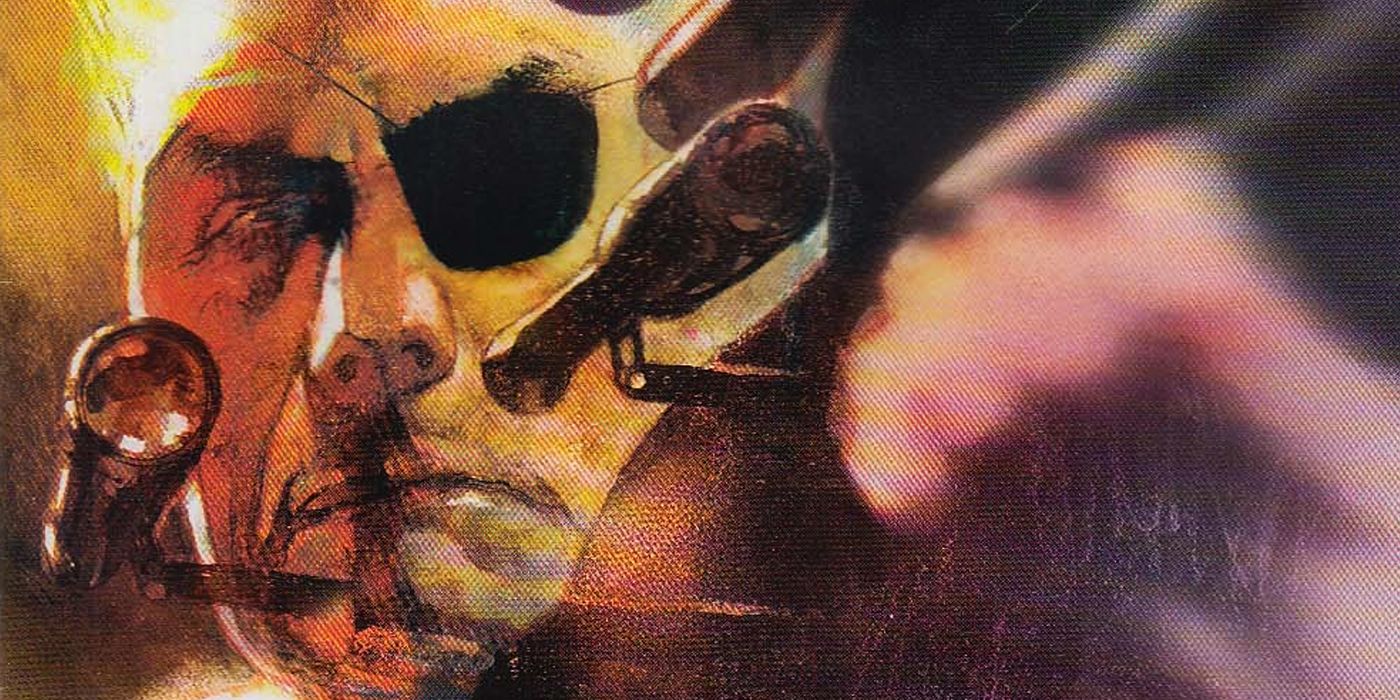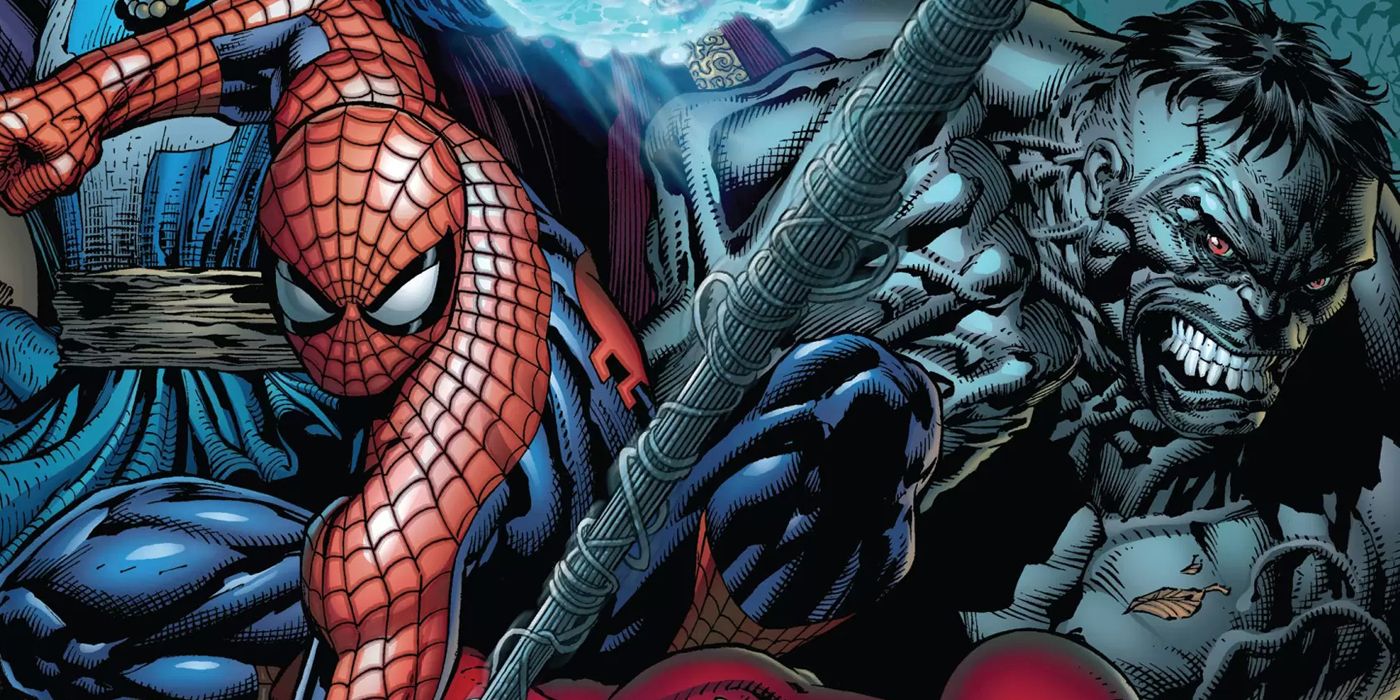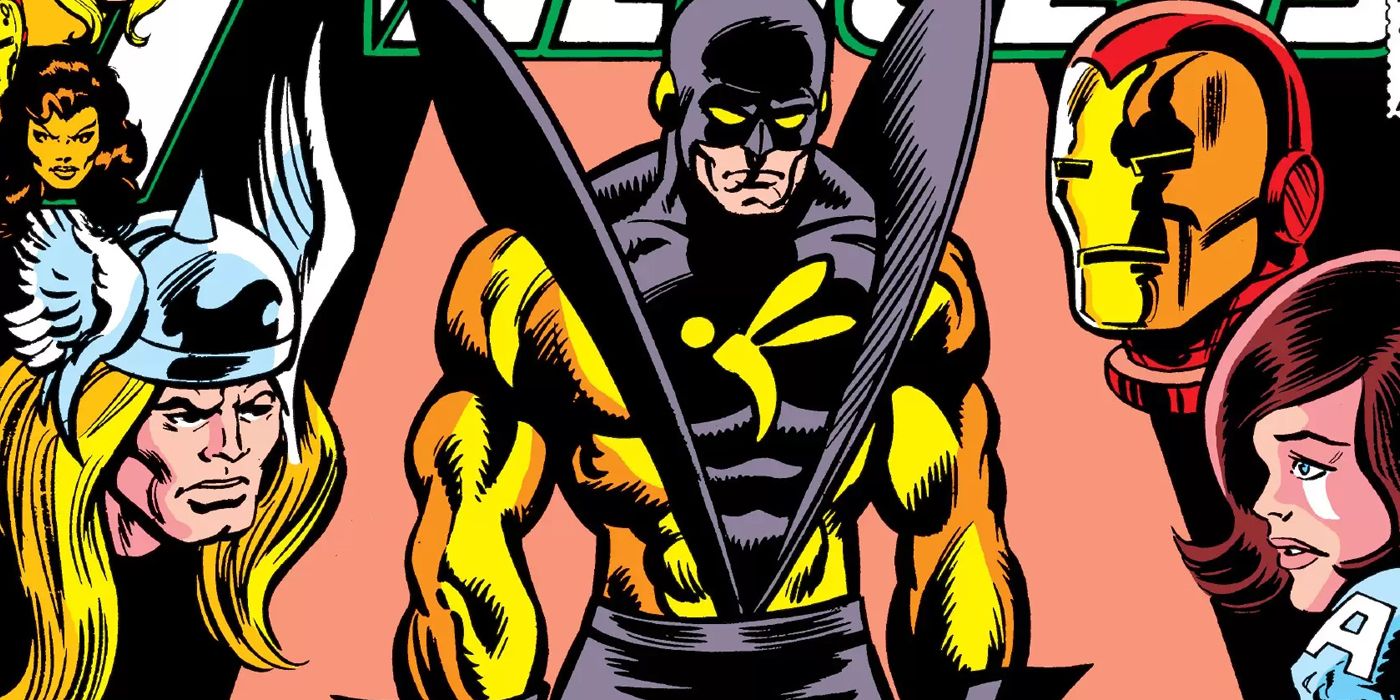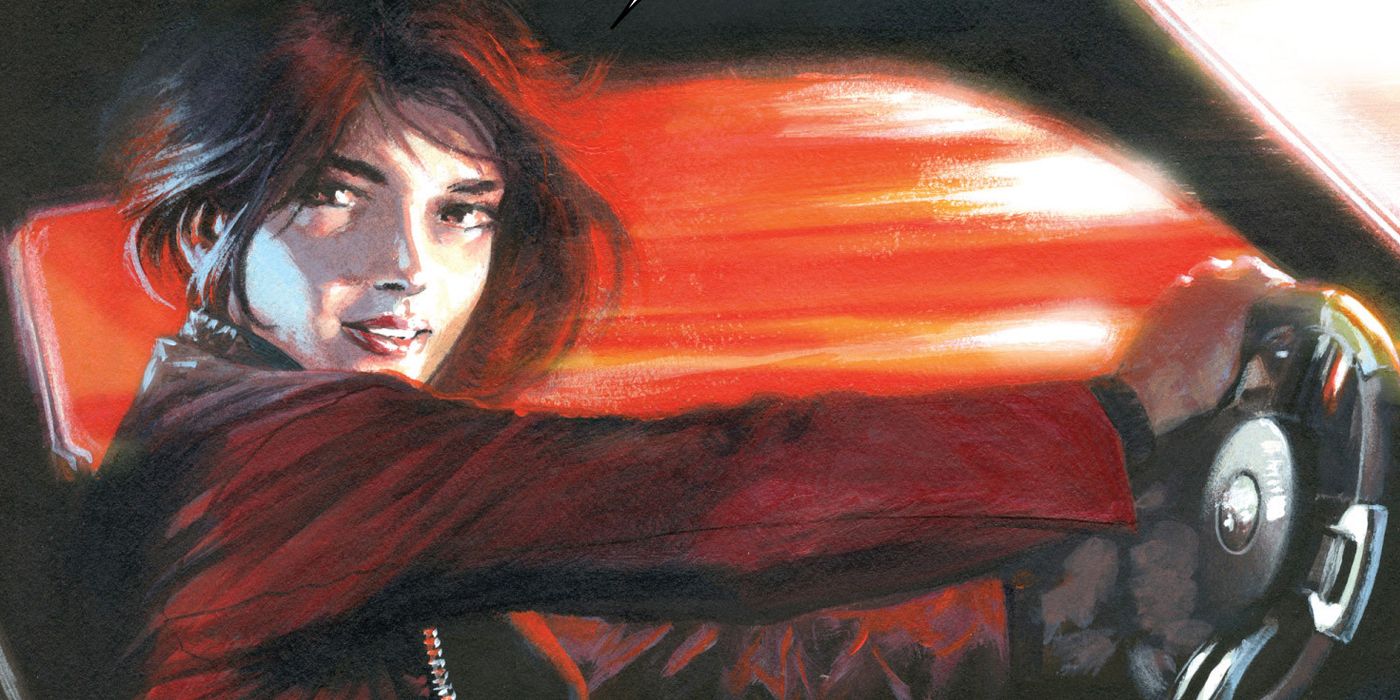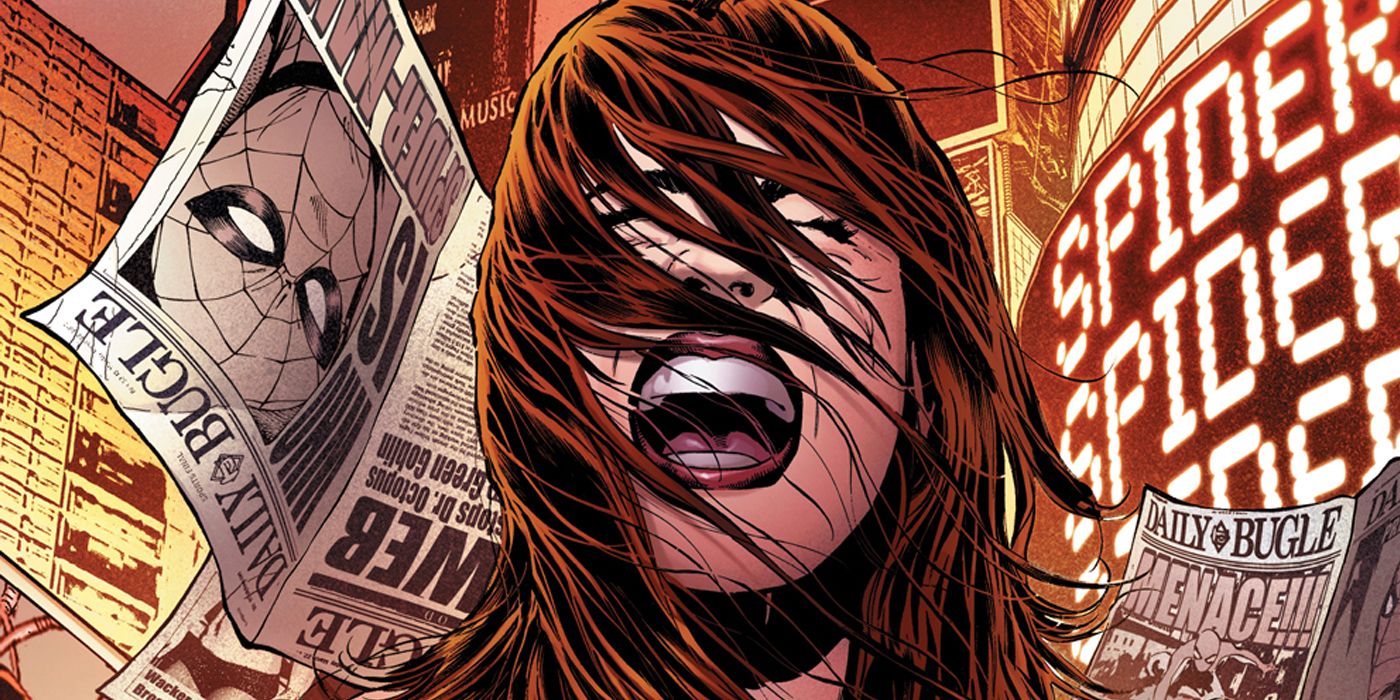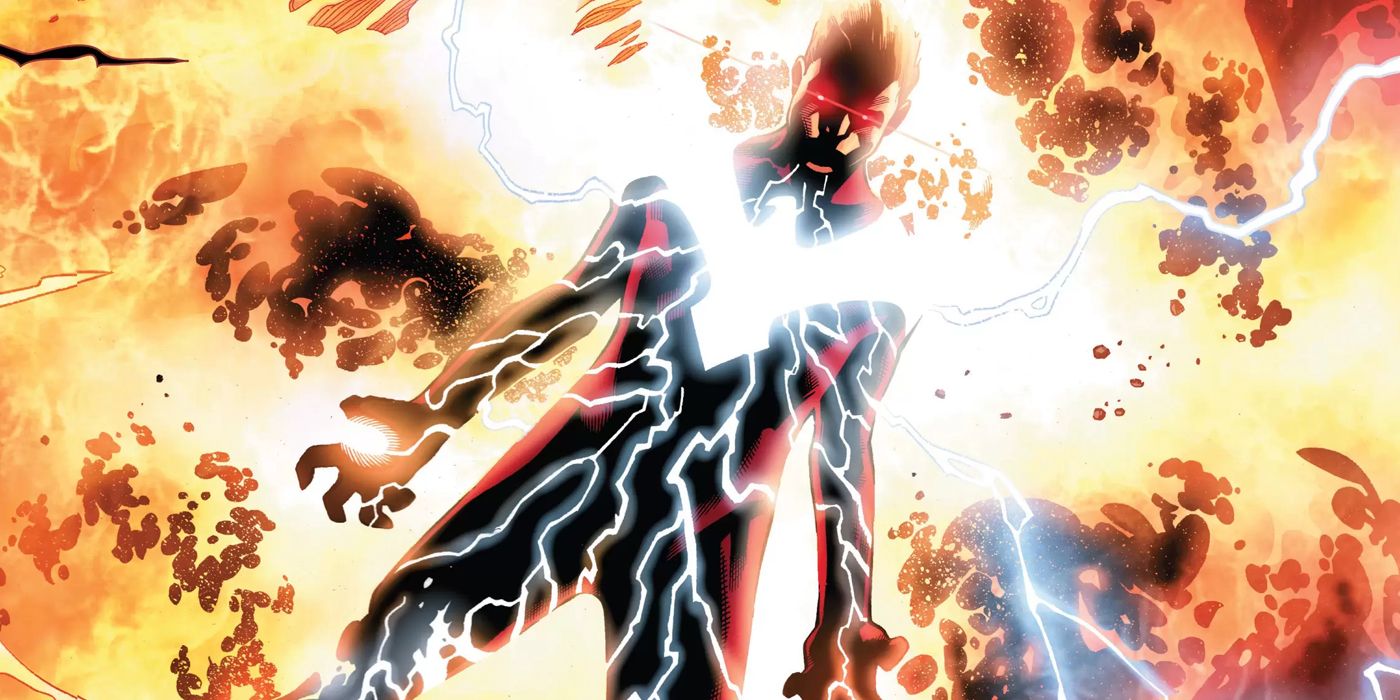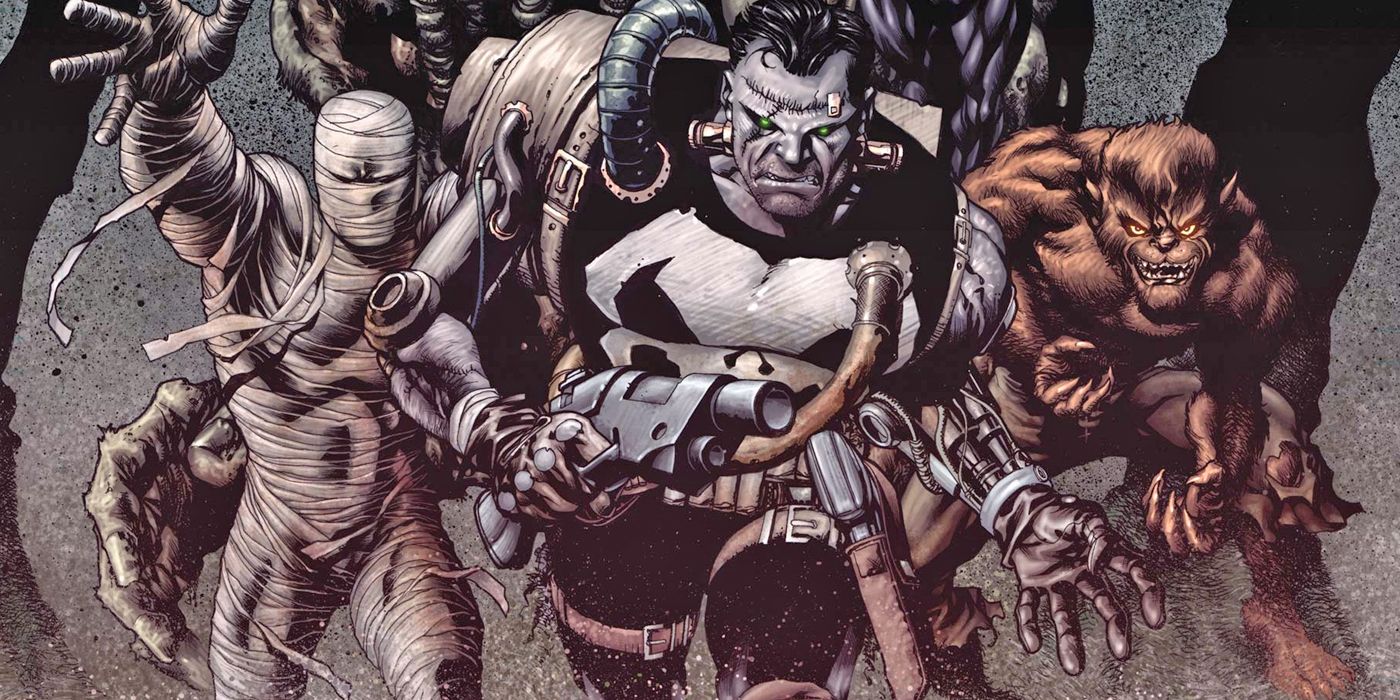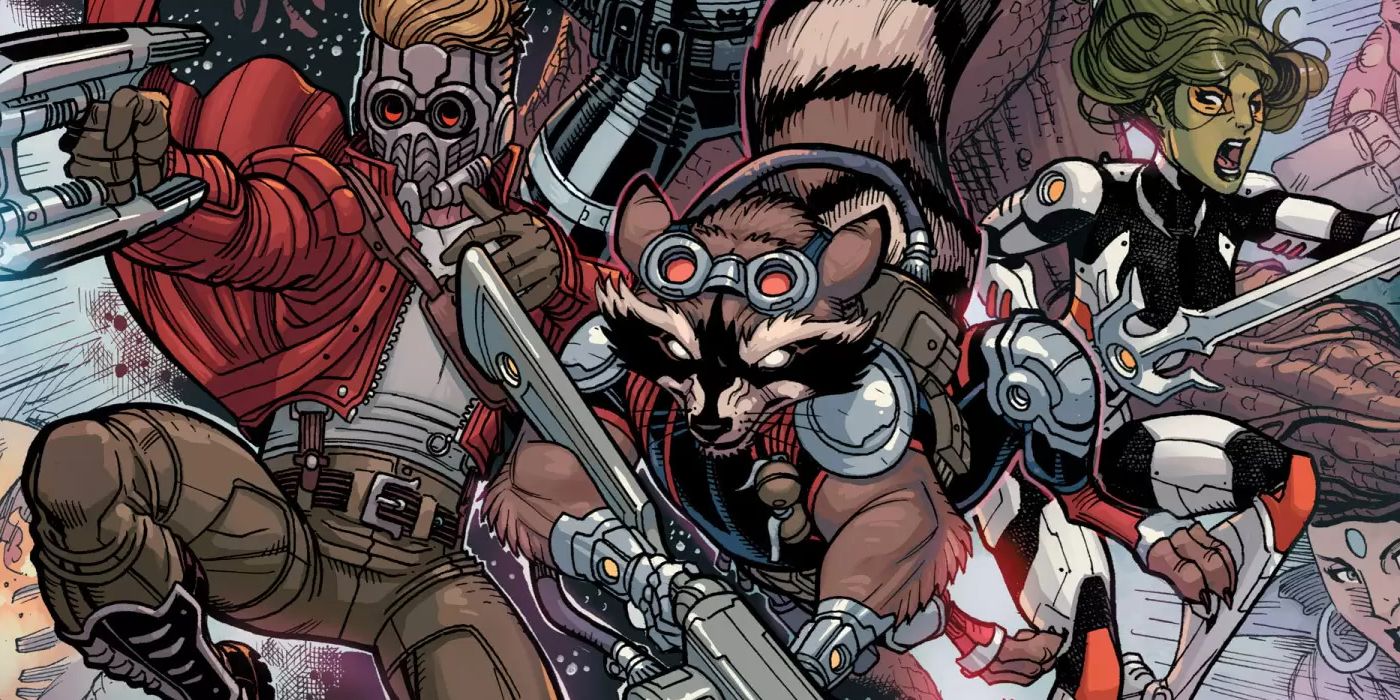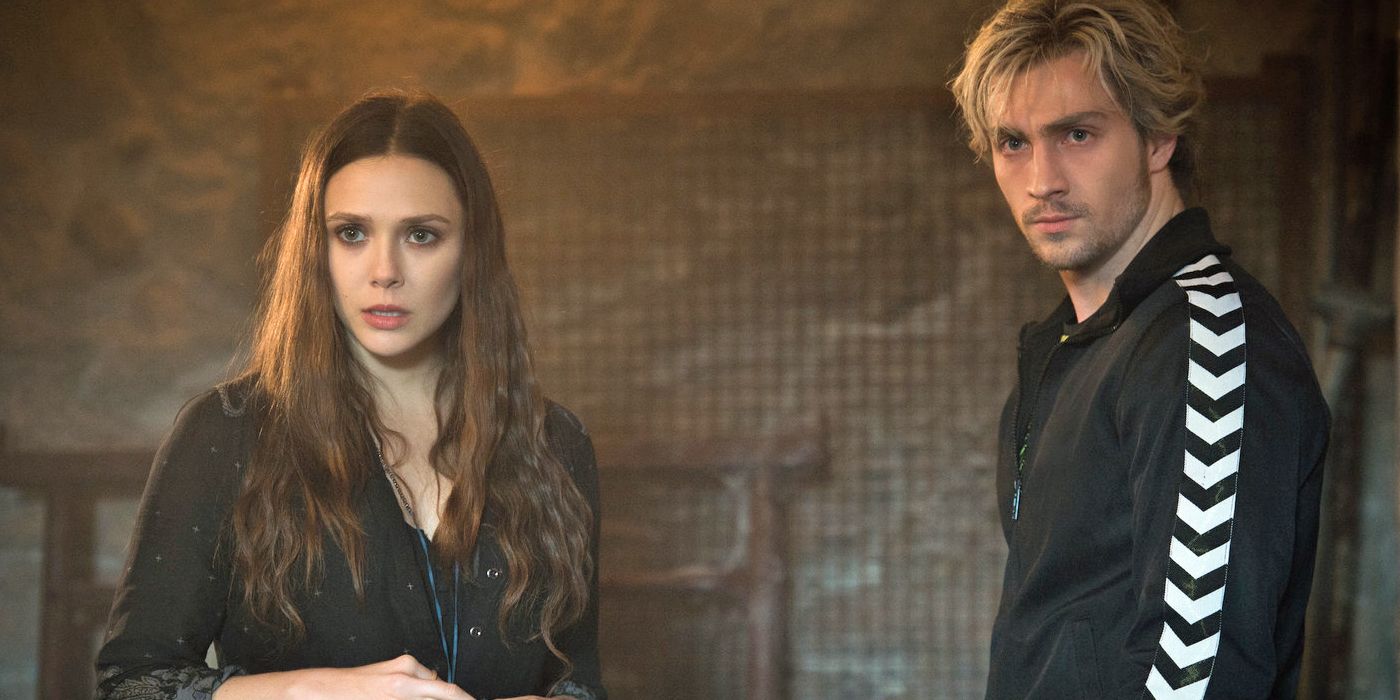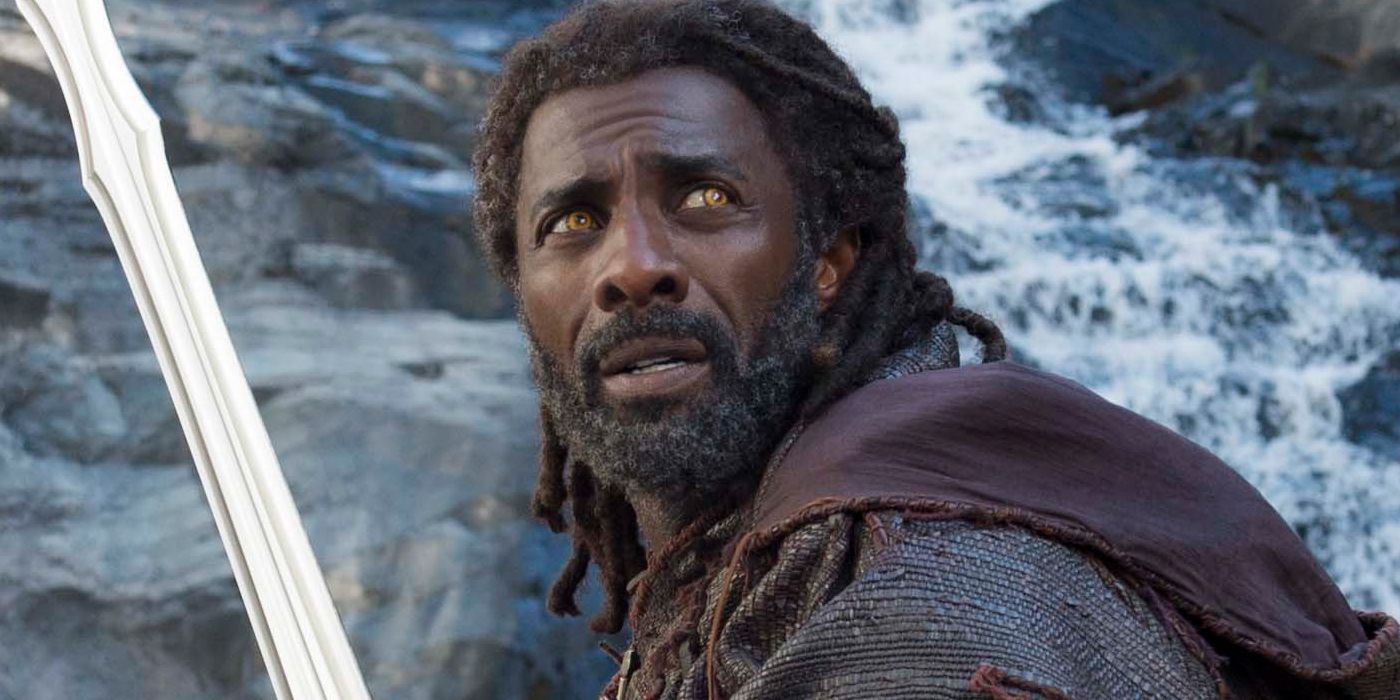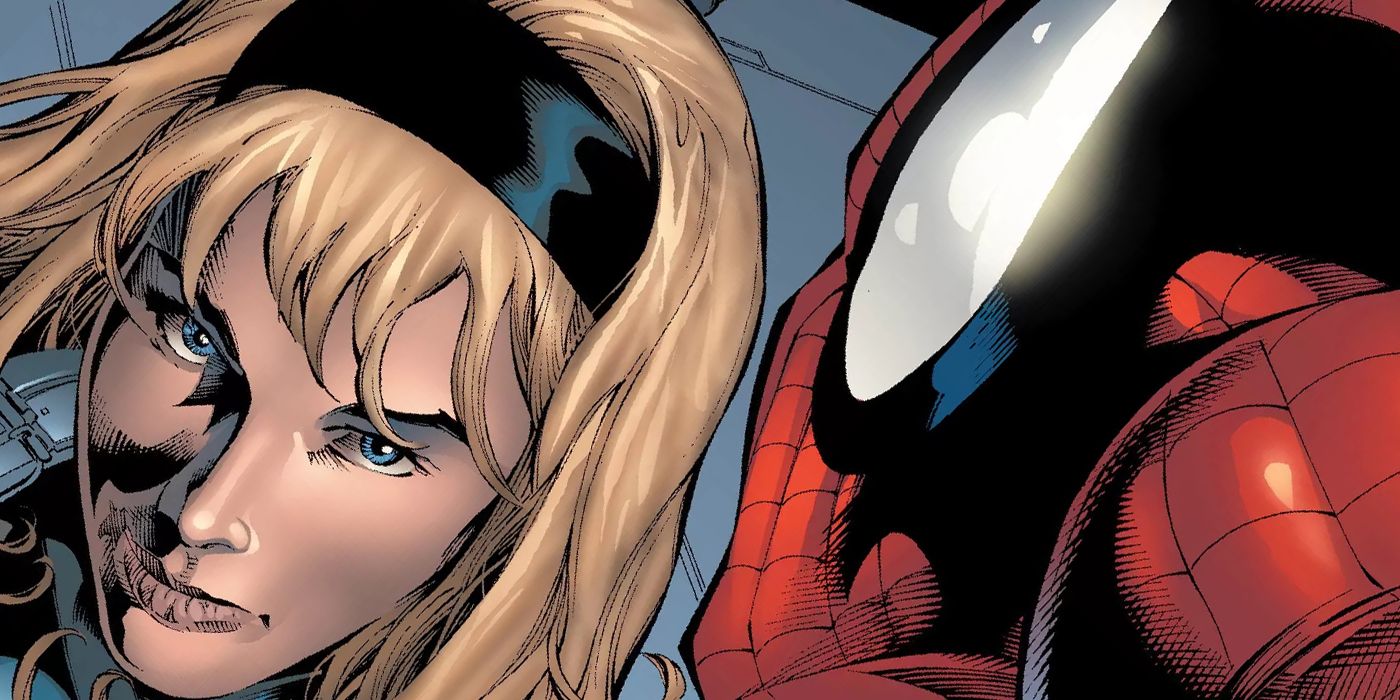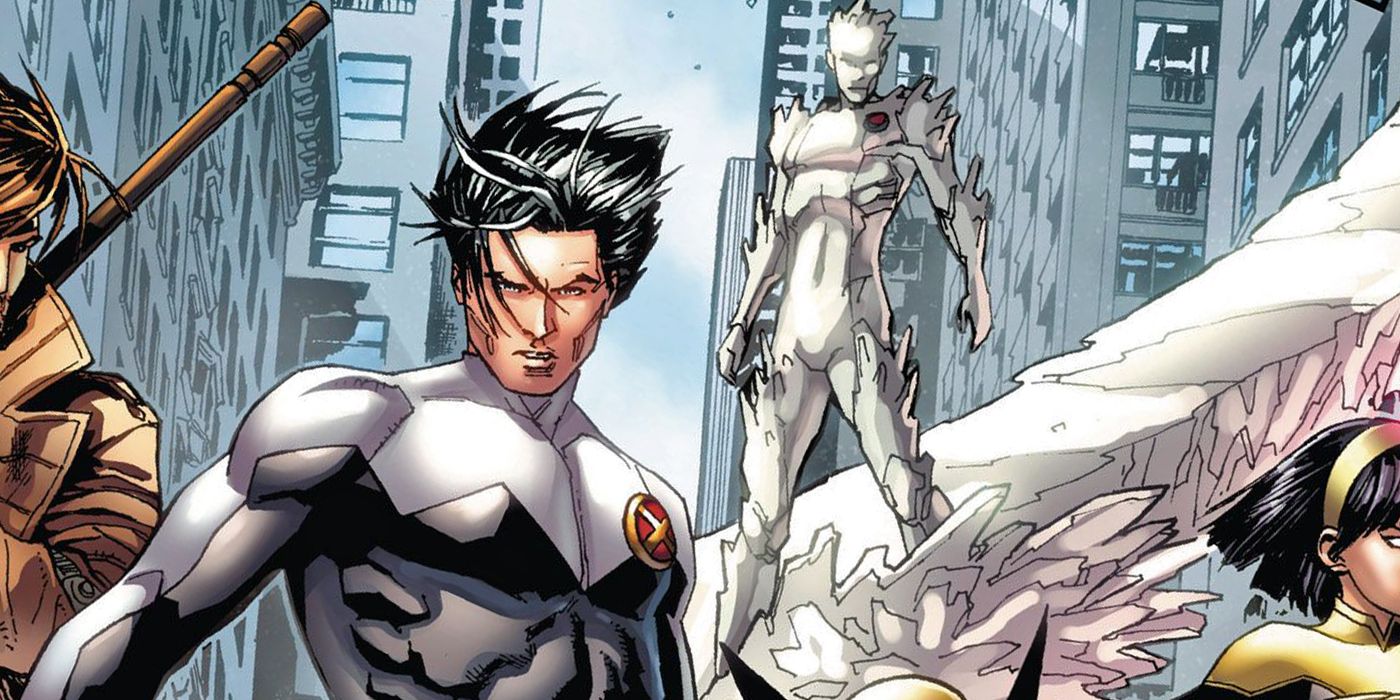In the Marvel Universe, nothing lasts forever. While it might take heroes and villains a few decades to age a few years, change is one of the most constant forces in superhero storytelling. Since the earliest days of Marvel fandom, readers have been hooked by the never-ending string of new challenges and new villains their favorite heroes have had to face. New takes on familiar heroes have kept characters like the Avengers, Spider-Man and the X-Men feeling fresh for numerous decades. While the core concepts behind these heroes might be timeless, the evolving tastes of fans and creators have inspired a countless number of changes to Marvel's mightiest heroes. Most of these changes didn't garner much attention, but some of them sharply divided comic book fans, and a few even made international headlines. While some of these new ideas were quickly ignored or done away with after a few months, some of these revelations and alternations took familiar characters into exciting, refreshing new directions.
Now, CBR is taking a look at some changes that rocked the Marvel Universe. In this list, we'll be counting down, in no particular order, some of the most controversial changes to Marvel's characters and teams in comics and film. While some of these stories worked out for the best, some of them became the most infamous moments in Marvel history. We'll be taking a look at how fans and the larger public responded to these revelations and how long these changes influenced Marvel's ongoing epics.
25 SUPERIOR SPIDER-MAN
Thanks to his charming personality, quick wit and strong moral backbone, Peter Parker's Spider-Man is one of Marvel's most endearing heroes. But in 2013, Dan Slott and a roster of artists including Ryan Stegman and Giuseppe Camuncoli imagined what Spider-Man would look like without those things in Superior Spider-Man. In the wake of 2013's Amazing Spider-Man #700, that series followed what happened after Doctor Octopus took over Parker's body and became a more brutally efficient Spider-Man.
While the initial announcement of Superior Spider-Man was met with a mixed reception, the series quickly won over many fans and received mostly positive reviews from critics. In 2014, the series ended and Parker resumed his web-slinging duties and dealt with the aftermath of Ock's time as Spider-Man.
24 JEAN GREY'S FALL AND RISE
Even though Chris Claremont and John Byrne's "Dark Phoenix Saga" is one of the X-Men's most famous adventures, the cosmic epic wasn't without controversy, After the telepathic Jean Grey merged with the all-powerful Phoenix Force, Jean turned into the Dark Phoenix and destroyed an inhabited planet. While the story was originally supposed to end with Jean losing her powers, Marvel Editor-in-Chief Jim Shooter ordered a revised ending where Jean sacrificed her life instead.
Shooter wouldn't let Jean return unless she could be absolved of the Dark Phoenix's crimes.
While that edict was controversial inside Marvel, it also led to numerous convoluted plots that undid Grey's involvement in "The Dark Phoenix Saga," including the revelation that the Dark Phoenix was merely a Phoenix-created copy of Jean.
23 TEENAGE TONY STARK
While the Avengers might be Marvel's most famous heroes today, they weren't exactly popular when they went through "The Crossing" in 1996. That infamous storyline revealed that Iron Man had secretly been working for the villain Kang for years. Subsequently, the Avengers traveled back in time and recruited a teenage Tony Stark to take down the evil elder Stark.
After the older Stark perished fighting Kang, "Teen Tony" stayed in the present and took over as Iron Man for a few months. By the end of the year, a different, version of an adult Tony Stark starred in Iron Man. Over the next few years, the events of this poorly-received story were almost entirely undone and all three Starks were merged into one adult body.
22 HEROES REBORN
While Spider-Man and the X-Men soared during the 1990s, the Avengers and the Fantastic Four had seen better days. In an effort to rejuvenate those franchises, Marvel sent the Avengers and the FF into the "Heroes Reborn" pocket universe. In Avengers, Iron Man, Captain America and Fantastic Four, superstar artists Jim Lee and Rob Liefeld rebooted those heroes as younger characters.
While "Heroes Reborn" divided critics and angered longtime fans, it was a sales smash.
All four "Heroes Reborn" titles topped sales charts and reignited interest in Marvel's non-mutant heroes. After 13 issues, the "Heroes Reborn" experiment arrived at its planned conclusion. When the heroes returned to the main Marvel Universe, their adventures were met with mostly positive reviews and varying degrees of commercial success.
21 PSYLOCKE'S NEW BODY
When Betsy Braddock was originally created by Chris Claremont and Herb Trimpe in 1976's Captain Britain #8, she was a purple-haired, white mutant telepath who belonged to an aristocratic family. In the 1980s, she joined the X-Men for several years until she was captured by the Hand, a group of ninjas who brainwashed Betsy into serving them. The Hand also put Betsy's mind in the body of a Japanese ninja named Kwannon in Uncanny X-Men #256, by Chris Claremont and Jim Lee.
In that story's wake, Psylocke's popularity flourished, and she became a defining X-Man in comics and video games. While the relationship between Psylocke and Kwannon got convoluted in the 1990s, the complex subtext of Psylocke's story has drawn considerable criticism in recent years.
20 CAPTAIN AMERICA'S SECRET EMPIRE
On most days, Captain America is the most moral hero in the Marvel Universe. Between his relentless dedication to serving others and his principled stands, Steve Rogers is the person that most of Marvel's other heroes aspire to be. So when Captain America seemingly broke bad and took over the country in Secret Empire, a lot of Marvel fans weren't too happy about it.
In the 2017 storyline, Captain America had secretly operated as a Hydra agent for years.
While the Nick Spencer-penned Secret Empire miniseries received mixed reviews, the core concept behind the storyline was criticized from many corners. After the Hydra Cap was revealed to be an imposter, the real Captain America returned and resumed his role as Marvel's paragon of morality.
19 NICK FURY TAKES IT TO THE MAX
For decades, Marvel adhered to the restrictive content standards of the Comics Code. But in 2001, Marvel developed its own content-rating system and launched the Max line to focus on daring stories without any kind of content restrictions. While the line rejuvenated Luke Cage and introduced Jessica Jones, it also offered a new take on Nick Fury that wasn't so well-received.
Garth Ennis and Darick Robertson's Fury gave readers a harsh, unforgiving look at one of Fury's most violent adventures that ended with some stomach-churning scenes. Actor George Clooney reportedly left talks to portray the super-spy after reading the issue, and Stan Lee publicly voiced his displeasure with the series. Although some readers shared similar sentiments, Fury still earned several positive reviews.
18 MARVEL'S LAST ULTIMATUM
With the release of Brian Michael Bendis and Mark Bagley's Ultimate Spider-Man #1 in 2000, Marvel created one of its most successful superhero reboots, the Ultimate Universe. Starting with Spider-Man and the X-Men, this wildly successful line gave Marvel's heroes updated origins for the new millennium.
Initially, the Ultimate Universe revolved around clever modern twists on classic stories.
However, the Ultimate Universe embraced more controversial ideas as it went on. While the headline-grabbing debut of Miles Morales' Spider-Man introduced a new fan-favorite character, other stories were largely rejected by fans. The Ultimate Universe's most infamous story was Ultimatum, Jeph Loeb and David Finch's 2009 crossover. In that story, over two dozen major characters met cruel fates in a tale that irrevocably changed the Ultimate Universe.
17 HANK PYM'S BETRAYAL
In the 1960s, Hank Pym, the first Ant-Man, operated as a solo hero and helped found the Avengers. Even after he built the robotic villain Ultron, Pym stayed on the team with the Wasp, his wife. After being exposed to some experimental chemicals in 1968's Avengers #59, by Roy Thomas and John Buscema, Pym began to experience mental instability and took the name Yellowjacket.
After launching an unprovoked attack on a villain years later, Yellowjacket was put on trial by the Avengers. When Wasp discovered Pym's plan to attack the Avengers, he turned against her and his fellow teammates. Even though a repentant Pym later returned to the superhero business and joined several Avengers teams, the character never fully recovered from this controversial storyline.
16 SPIDER-MAN'S MISSING SISTER
Family has always been an important part of Spider-Man's life, but some of his closest family members have seemingly popped up after long absences. While the supposed return of his biological parents have usually involved realistic robots, Spider-Man learned that he had a sister, Teresa, in the 2014 graphic novel Spider-Man: Family Business.
After the comic was released, Teresa Parker disappeared for several years.
While Mark Waid , James Robinson, Gabrielle Dell’Otto and Werther Dell’edera's comic received rave reviews, some fans criticized the introduction of such an important, previously unseen character. The status of that story was left unclear until 2017's Peter Parker: The Spectacular Spider-Man #1. In Chip Zdarsky and Adam Kubert's story, Teresa returned and confirmed her status as Peter's little sister.
15 SPIDER-MAN'S DARK DEAL
In 2007, Spider-Man's worst fears came to pass when Aunt May took a shot that was meant for him. With her life on the line, Peter Parker made a deal with the demonic villain Mephisto. In the highly controversial storyline "One More Day," Spider-Man gave up his marriage to Mary Jane Watson in exchange for Aunt May's recovery.
This story received an overwhelmingly negative reception from fans and critics for erasing Spider-Man's marriage from Marvel's in-universe history. J. Michael Straczynski, the story's credited writer, even tried to distance himself from some aspects of the editorially-mandated plot. Despite the story's poor reception, it paved the way for "Brand New Day," a fan-favorite era of critically-acclaimed stories that offered a "back to basics" take on Spider-Man.
14 CYCLOPS GOES FULL PHOENIX
After most of the mutant population was depowered in the 2000s, the X-Men's leader Cyclops stepped up to become the leader of Marvel's mutant population. When he learned that the Phoenix Force was approaching Earth, Scott Summers believed that it was the key to restoring mutant powers around the world.
However, the Avengers saw the approaching Phoenix as a threat.
While that conflict played out over the 2012 crossover Avengers Vs. X-Men, Cyclops was possessed by the Phoenix Force thanks to Iron Man's interference. While a possessed Cyclops turned on the Avengers and the X-Men, the mutant population was restored by the end of the story. Although Marvel's stories cast Cyclops as a villain, many fans took his side and maintained that "Cyclops was right."
13 THOR GETS UNWORTHY
In the 2013 crossover Original Sin, many of Marvel's heroes learned some truly shocking revelations about themselves or their loved ones. While most of these revelations were forgotten within a few months, a secret that Thor learned at the end of the story made Thor "unworthy" of wielding his hammer, Mjolnir.
In a controversial move, Jane Foster, Thor's longtime ally and occasional girlfriend, took Thor's hammer and name to become the new Thor. While the male Thor was called the Odinson, Jane's Thor soared in critically-acclaimed stories that won over most hesitant fans over her five-year tenure as the Asgardian Avenger. After Jane put down Mjolnir to focus on more human tasks, she convinced Odinson to pick it up and become Thor once again.
12 PUNISHER'S TRANSFORMATIONS
The Punisher really isn't that complicated. With a well-stocked armory and a thirst for vengeance, Frank Castle wants to hunt down every criminal in the Marvel Universe. While that seems like a simple mission, it's led the Punisher down some deeply strange roads over the years. After he seemingly perished, the Punisher was resurrected as a supernatural agent of vengeance in 1998. When fans rejected this new take, this approach was abandoned after eight issues.
A decade later, the Punisher was essentially turned into Frankenstein.
In the cleverly-named "Franken-Castle" storyline, several monsters rebuilt a fallen Punisher into a patchwork supernatural hero. While the Rick Remender-penned storyline received some critical praise, it ended after and was followed by a more traditional take on a human Punisher.
11 THE GUARDIANS OF THE GALAXY'S MOVIE MAKEOVER
As we know them today, the Guardians of the Galaxy didn't really exist until the mid-2000s. The Guardians were formed in the aftermath of the cosmic crossovers Annihilation and Annihilation: Conquest. Those fan-favorite stories brought new life to Marvel's dormant and forgotten galactic heroes by putting them through world-shattering cosmic conflicts.
In the lead-up to the 2014 release of Guardians of the Galaxy, the Guardians received a massive makeover that made them nearly identical to their cinematic counterparts. Star-Lord and the other Guardians traded their matching uniforms for movie-inspired looks, while Guardians who weren't on the film left the team. Especially after the movie's blockbuster success, the movie-influenced Guardians were mostly well-received, but it didn't win over all of the fans of the Annihilation-era team.
10 MUTANTS NO MORE
Long before talk of a merger between Disney and Fox began, each studio held the cinematic rights to about half of Marvel's characters. Since Fox had a tight grip on the X-Men concept of mutants, several longtime comic book mutants got a new source for their powers in Disney and Marvel Studios' Marvel Cinematic Universe.
In comics, Quicksilver, Scarlet Witch and S.H.I.E.L.D. agent Quake were originally mutants.
Like her counterpart on Agents of S.H.I.E.L.D., Quake discovered that she was actually an Inhuman. In 2015, Pietro and Wanda Maximoff learned that they got their powers from a mad scientist named the High Evolutionary. The twins also learned that Magneto wasn't their biological father in a twist that drew heavy criticism from longtime fans.
9 HEIMDALL HITS THE BIG SCREEN
Traditionally, most of Marvel's Asgardians, and the Norse mythological figures they're based on, have been portrayed as white. When Idris Elba was cast as Heimdall in 2011's Thor, it marked a departure from how the all-seeing guardian of Bifrost the Rainbow Bridge, had usually been presented.
Since Elba was one of the most popular actors in the world at the time, the casting was widely praised, although some groups started largely-ignored efforts to boycott the film. While Thor became one of the MCU's early critical and commercial successes, Elba's Heimdall played a supporting role as Thor's trusted ally in his cinematic adventures. After reprising his well-liked take on the character in five more films, Elba retired from the role after appearing in Avengers: Infinity War.
8 THE SECRET LIFE OF GWEN STACY
When Gwen Stacy, Spider-Man's girlfriend, perished in 1973's Amazing Spider-Man #121, that shocking moment marked the end of a more innocent time for Marvel's heroes. It also wasn't received well by the young community of Marvel fans. While that story evolved into a defining Spider-Man moment, that outcry was nothing compared to the reception of J. Michael Straczynski and Mike Deodato's 2004 Amazing Spider-Man storyline, "Sins Past."
That story revealed that Gwen had two previously unseen children, Gabriel and Sarah.
In a poorly-received twist, Norman Osborn, the Green Goblin, was revealed to be the twins' father. The story also saw Osborn manipulate the now-adult twins into attacking Spider-Man. Although many fans and Straczynski tried to ignore the story, Gabriel later resurfaced as the Gray Goblin.
7 NORTHSTAR AND ICEMAN BIG REVEALS
Two of Marvel's mutants made international headlines when they came out of the closet over two decades apart from each other. The super-fast Northstar, Jean-Paul Beaubier, came out in 1992's Alpha Flight #106, by Scott Lobdell and Mark Pacella. After the ensuing media frenzy died down, that Canadian super-team disbanded in 1994, and Northstar joined the X-Men in 2001. Since then, the speedster has had a highly-publicized marriage and an occasionally prominent role on the team.
Encouraged by a teenage Jean Grey, a teenage Iceman, Bobby Drake, also came out in 2015's All-New X-Men #40, by Brian Michael Bendis and Mahmud Asrar. After his older self followed suit, Bobby's romantic life became a big part of his X-Men adventures and his critically-acclaimed solo series, Iceman.
6 CAPTAIN AMERICA'S KOOKY AVENGERS
While most of the controversies on this list happened relatively recently, comic book controversies aren't anything new. A few years after the Avengers were created, Stan Lee, Jack Kirby and Dick Ayers dramatically changed the line-up of the team in 1965's Avengers #16. After Iron Man, Thor and the other founding Avengers quit, and Captain America, the newest Avenger, reformed the squad with Hawkeye, Quicksilver and the Scarlet Witch.
These three Avengers were all better known as villains when they joined the team.
Over the coming months, the Avengers letters pages were filled with diverse opinions from fans who either loved or hated the new line-up. Despite the criticism, every member of "Cap's Kooky Quartet" eventually became an iconic Avenger in comics and on film.

